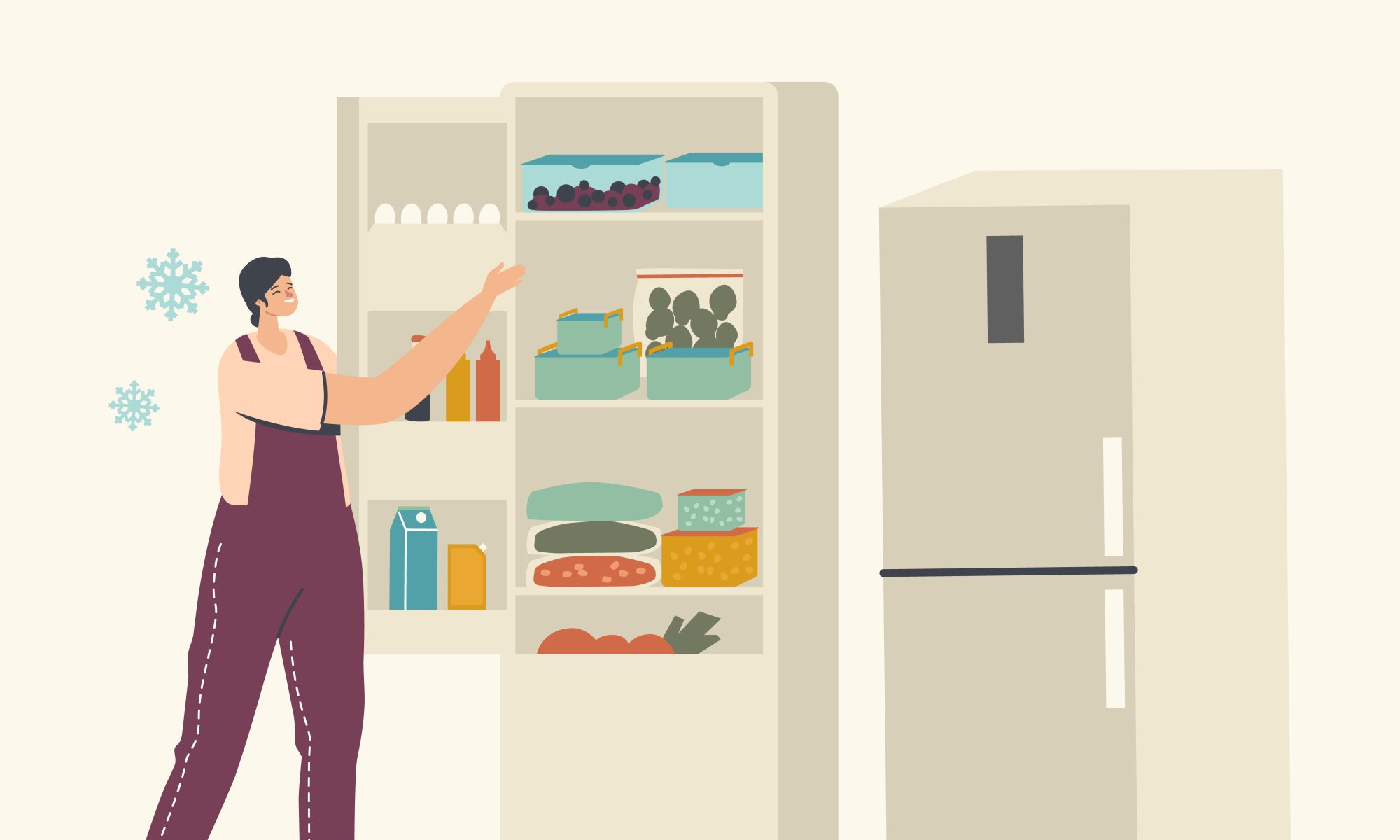There are no significant risks that would prevent our project from working as we have much of the main functionality implemented and are just working on finishing up the LED integration from the software to hardware.
No changes were made to the existing design of the system but our request for reimbursement for an apple developer account was approved, allowing us to integrate bluetooth functionality into our project.
This week, our progress focused a lot on designing the circuitry for our final board and how everything will be soldered together. In addition, the final large component of our project, the LED light integration, started and we have the code for the software and hardware set up. We just need to solder all the LED strips on the separate zones and decide which pins on the microcontroller will be used for them.
For validation testing, we focused on testing general user flow by performing end to end use case scenarios. We added an item by scanning an NFC tag and confirmed that it was displayed on the UI within 3 seconds with the correct information. We also simulated an item expiring soon and verified that the notification and color change occurred within 4 seconds. Finally, when we removed an item or moved it to a different zone on the pad, we verified that the item was no longer displayed and the color was adjusted accordingly.
